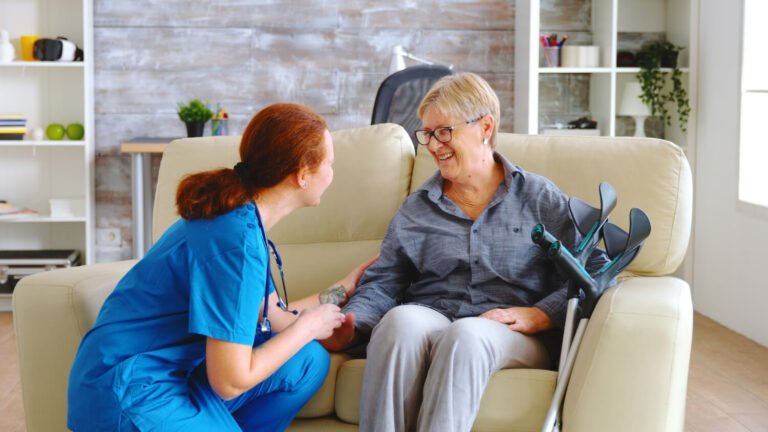5 Remarkable Lessons Family Caregivers Can Learn From Professional Nurses
Taking care of patients in my early 20s is what got me started on my own caregiving journey. The professional nurses at the clinic where I volunteered were great role models. They taught me important lessons that I still use today. This week, many of those lessons are coming back to me. Honoring National Nurses…






